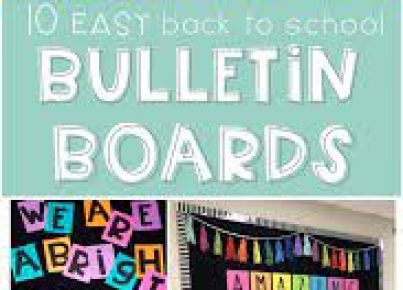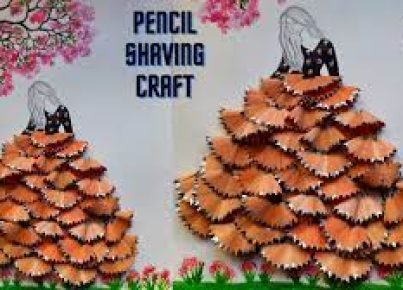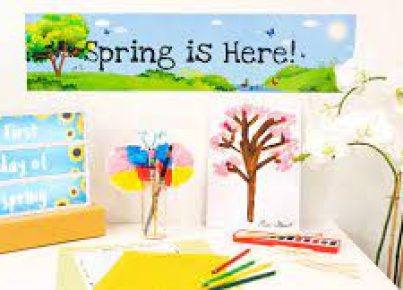Origami, the art of paper folding, is not just a creative endeavor, but also an educational tool that offers a wealth of benefits to learners of all ages. As it gains popularity in classrooms around the world, educators are seeking out resources to effectively integrate origami into their teaching practices. In this article, we’ll explore some of the top origami teaching resources available for teachers and students alike.
Books are a fundamental resource for learning origami. One seminal work is “Origami Design Secrets” by Robert Lang, which not only provides instructions for creating complex models but also delves into the mathematics behind the art. For younger audiences, books like “Easy Origami” by John Montroll can kickstart a child’s journey into paper folding with simple models.
Online tutorials and video resources have revolutionized how we learn origami. Websites like Origami-Instructions.com and Origami.me provide free diagrams and step-by-step instructions for making a wide array of models. YouTube channels such as Jo Nakashima and Tadashi Mori offer high-quality videos that cater to both beginners and advanced folders, making it easier than ever to master the art from anywhere in the world.
Interactive learning platforms such as Foldscope or Oribot are an excellent way to engage students through technology. These platforms often combine origami with other disciplines like robotics or microscopy, offering a multidisciplinary approach to teaching through origami.
Educational programs such as OrigamiUSA offer workshops and classes for those looking to enhance their skills in a structured environment. They also host events and conferences that provide opportunities for educators to share strategies on incorporating origami into their curriculum.
For classroom support, teachers can utilize lesson plans that incorporate origami into subjects like math, science, and social studies. Websites like The Spruce Crafts have sections dedicated to origami lesson plans linking the craft with mathematics topics like geometry or fractions.
Lastly, communities and forums dedicated to origami such as The Origami Forum serve as platforms where educators can exchange ideas, seek advice, and collaborate on projects. These communities are invaluable for finding support among peers who share a passion for using origami as an educational tool.
The wealth of resources available today makes it possible for educators to integrate origami into their teaching toolkit with ease. Whether through books, online tutorials, interactive technologies, or community support, these resources provide an accessible pathway for enhancing student engagement and learning through the timeless art of paper folding.





